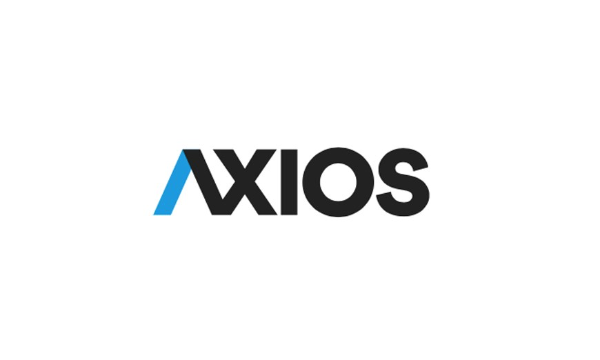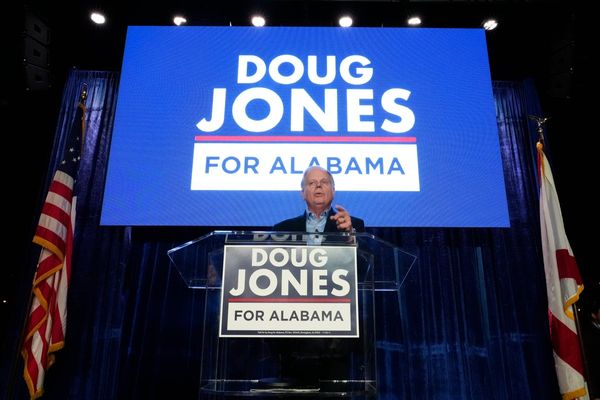
President Trump's new tax bill, passed in the House and now headed to the Senate, could yield billions in mandatory cuts to Medicare. That's because projected deficits in the tax bill could trigger the Statutory Pay-As-You-Go Act of 2010 (PAYGO), unless Congress acts to intervene.
The pending House reconciliation bill could lead to over $500 billion in Medicare cuts from 2026 to 2034, as projected by the Congressional Budget Office (CBO).
The CBO estimates that the bill would increase the deficit by at least $2.3 trillion compared to current law. If enacted, this deficit increase would trigger mandatory sequestration cuts under PAYGO. Notably, unlike Social Security and low-income programs, Medicare is not exempt from these potential cuts.
The PAYGO Act
The PAYGO Act mandates sequestration if Congressional legislation is projected by the Office of Management and Budget (OMB) to increase the deficit on average over either a five- or ten-year period, within a session. Despite being triggered multiple times, Statutory PAYGO sequestration has been consistently waived by Congress and has therefore never been implemented.
Certain programs and types of spending are exempt from sequestration, with most of the exemptions related to mandatory spending. Exempt health programs include: Medicaid, CHIP, ACA tax credits, Medicare Part D low-income subsidies and reinsurance, and veterans' medical care. Social Security is also exempt from sequestration.
Most Medicare spending is subject to sequestration, but special rules cap the reduction percentage for Medicare and certain other programs. The Budget Control Act (BCA) limits cuts to Medicare benefits spending, encompassing payments to providers under Part A and Part B, and to plans under Part C (Medicare Advantage) and Part D, to 2%. This is less than the standard percentage reduction applied to other nonexempt mandatory spending. Under a Statutory PAYGO sequester, these Medicare benefit payment reductions are capped at 4%.
If a PAYGO sequester were to be triggered, neither the Statutory PAYGO Act nor the BCA includes any explicit directions as to how the two sequesters would be implemented alongside each other.
Congress can stop the cuts
The aim of Statutory PAYGO is to enforce budget discipline, but the automatic spending cuts have never taken effect. Congress has consistently prevented these cuts by either excluding their impact during the initial legislation or by later delaying or eliminating them.
For instance, the Tax Cuts and Jobs Act of 2017 and the American Rescue Plan of 2021 both significantly increased the federal deficit, $1.9 and $2.1 trillion respectively, without triggering automatic cuts under PAYGO because of congressional action.
Time will tell
Congress could act later this year to prevent these cuts, similar to previous years when the PAYGO cuts were triggered. However, unlike the reconciliation bill, removing the impact of legislation from the PAYGO scorecard in the Senate requires 60 votes instead of a simple majority, making it more challenging for the administration due to slim majorities in both chambers.







